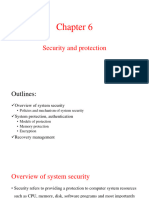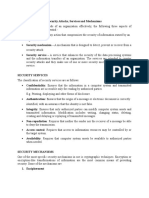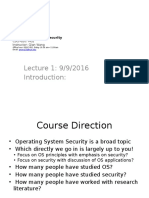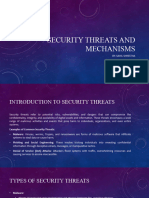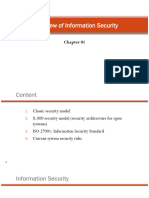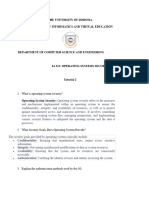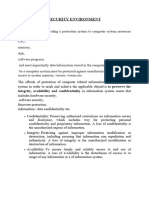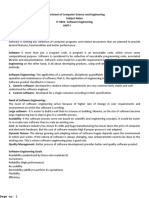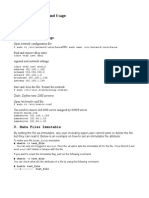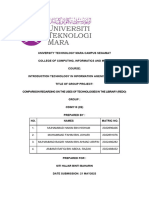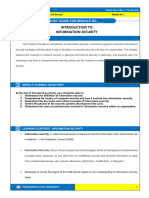0% found this document useful (0 votes)
31 views21 pagesPart A Micro-Project Proposal: "Create A Report On Security Mechanism of Operating System"
Uploaded by
Janhavi HudeCopyright
© © All Rights Reserved
We take content rights seriously. If you suspect this is your content, claim it here.
Available Formats
Download as DOCX, PDF, TXT or read online on Scribd
0% found this document useful (0 votes)
31 views21 pagesPart A Micro-Project Proposal: "Create A Report On Security Mechanism of Operating System"
Uploaded by
Janhavi HudeCopyright
© © All Rights Reserved
We take content rights seriously. If you suspect this is your content, claim it here.
Available Formats
Download as DOCX, PDF, TXT or read online on Scribd
/ 21

